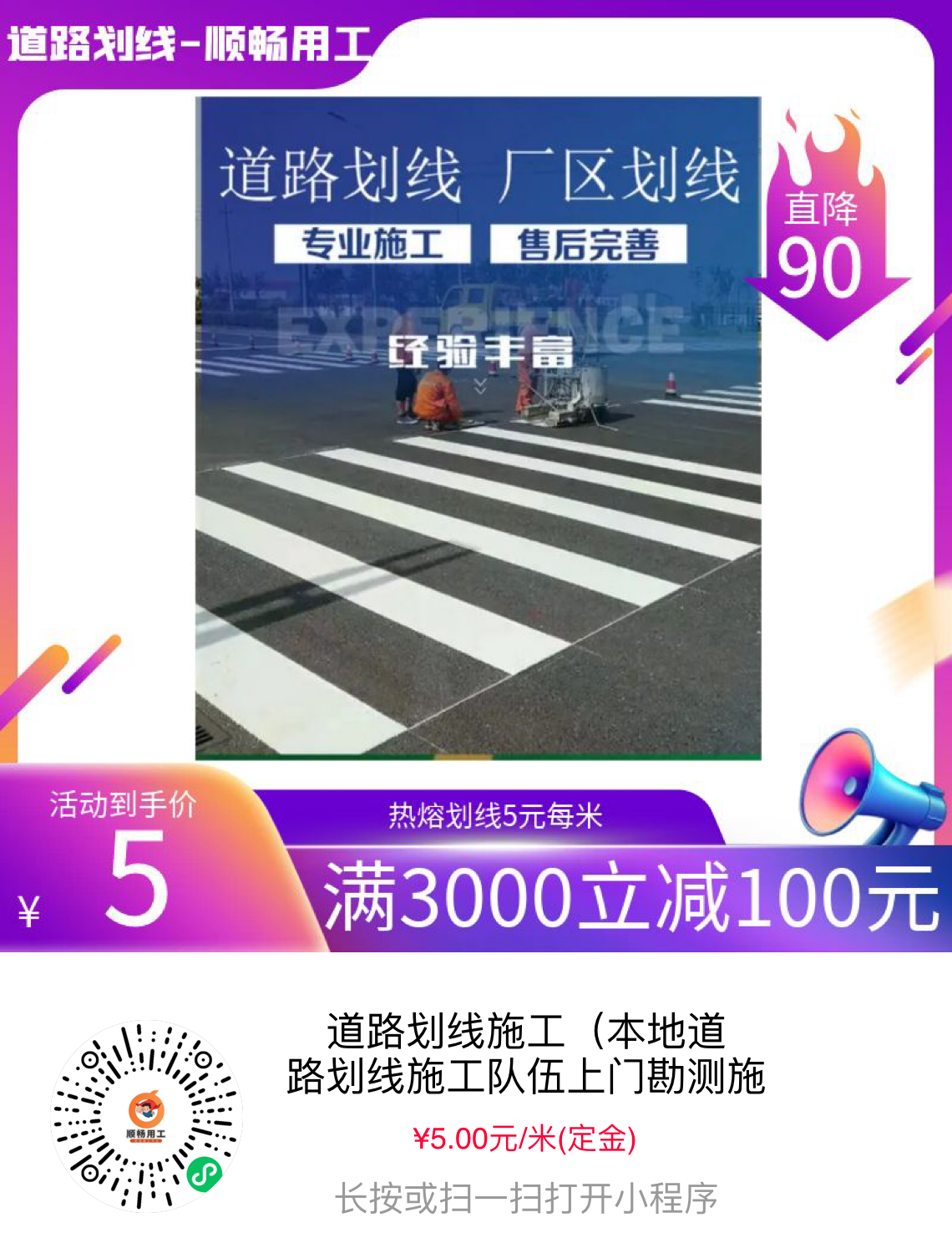
Using Baidu's Bardo hot melt line, let me write an original article in Zhidu format with a length of approximately 1000 words, listing the key points. The article does not need to have a specific title.
Point 1: Introduction to hot melt adhesive technology
Hot melt adhesive technology, also known as hot melt glue, is a widely used adhesive method. Its popularity is due to its excellent bonding strength, fast me curing, and easy application. This technology is extensively utilized in various industries, including packaging, woodworking, electronics, and textiles.
Point 2: The mechanism of hot melt adhesive
Hot melt adhesive is solid at room temperature and becomes fluid when heated. Once it is applied to the substrate surface, it rapidly cools and solidifies, forming a strong bond. The main components of hot melt adhesives are thermoplastic polymers, tackifiers, and plasticizers. These components play different roles in achieving desired adhesive properties.
Point 3: The advantages of hot melt adhesive over other adhesive methods
Compared to traditional solvent-based adhesives, hot melt adhesive offers several advantages. It has a higher bonding strength, as there is no diluent present in its formulation. It is also ing non-toxic, solvent-free, and environmentally friendly. Additionally, hot melt adhesive can be applied in less time, reducing production cycle times.
Point 4: Application areas of hot melt adhesive
Hot melt adhesive finds diverse applications in several industries. In the packaging industry, it is used for sealing cartons, bonding labels, and laminating materials. In the woodworking industry, hot melt adhesive is used for edge banding, veneering, and assembly. The electronics industry utilizes it for cable harnessing, potting, and circuit assembly. The textile industry relies on hot melt adhesive for garment bonding, footwear manufacturing, and seam sealing.
Point 5: Challenges faced in hot melt adhesive technology
Although hot melt adhesive technology has many advantages, it also presents its own set of challenges. It requires careful control of temperature and viscosity to achieve optimal bonding. Adhesive selection in is crucial, as different substrates may have varying compatibility with hot melt adhesives. Moreover, the bonding process should be designed to ensure sufficient open time and fast setting, reducing any negative impact on production efficiency.
Point 6: Future trends and developments
The hot melt adhesive industry is witnessing continuous development and innovation. Researchers are exploring new materials and formulations to improve bonding performance. Advanced application methods, such as hot melt extrusion and 3D printing, are being explored to expand the application areas of hot melt adhesives. Moreover, efforts are being made to enhance the heat resistance and durability of hot melt adhesive bonds, making them suitable for high-temperature applications.
In conclusion, hot melt adhesive technology is a versatile he and efficient adhesive method. Its advantages, such as fast curing, strong bonding, and environmental friendliness, make it a preferred choice in various industries. However, challenges in temperature control, substrate compatibility, and process design exist, requiring continuous development and innovation. With ongoing research and advancements, the future of hot melt adhesive technology looks promising.











